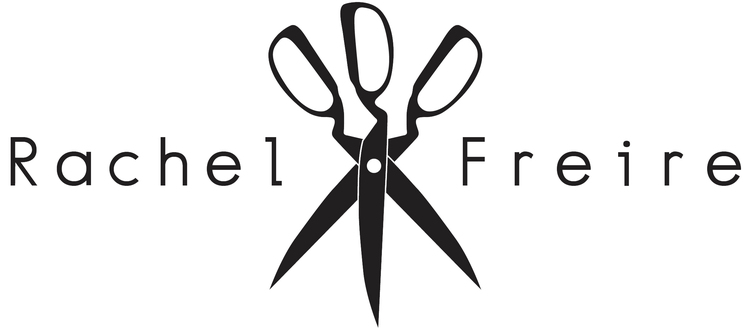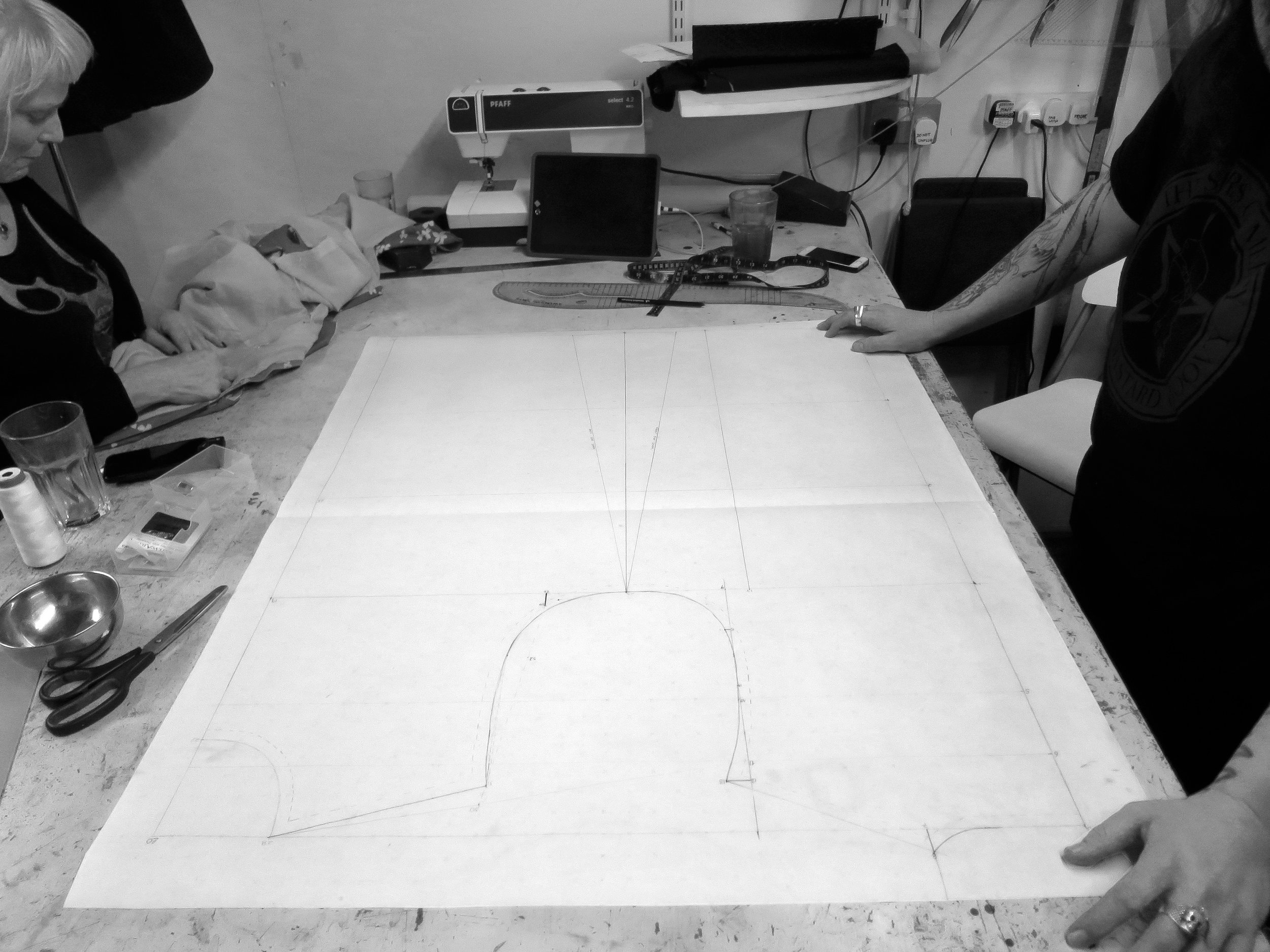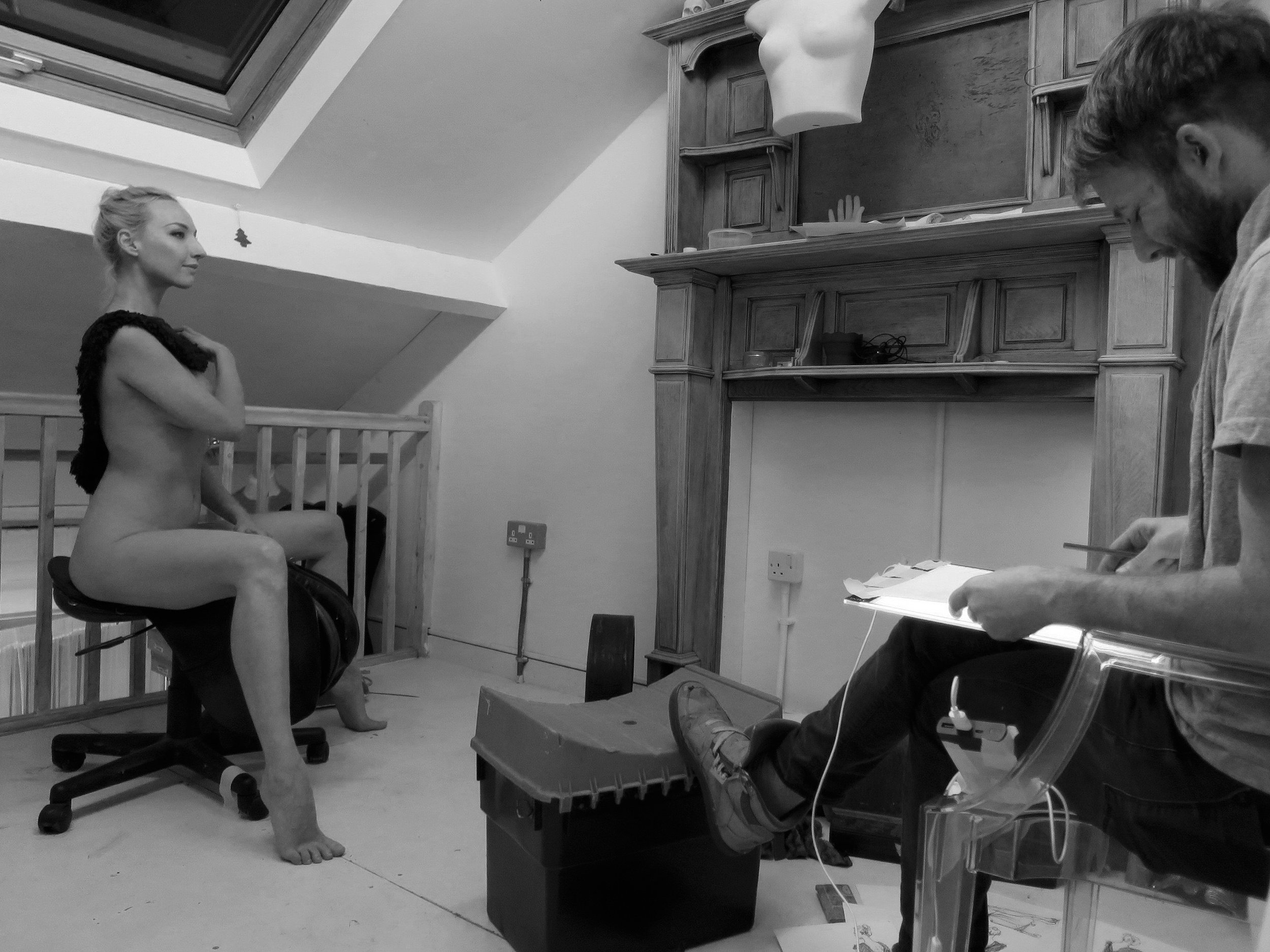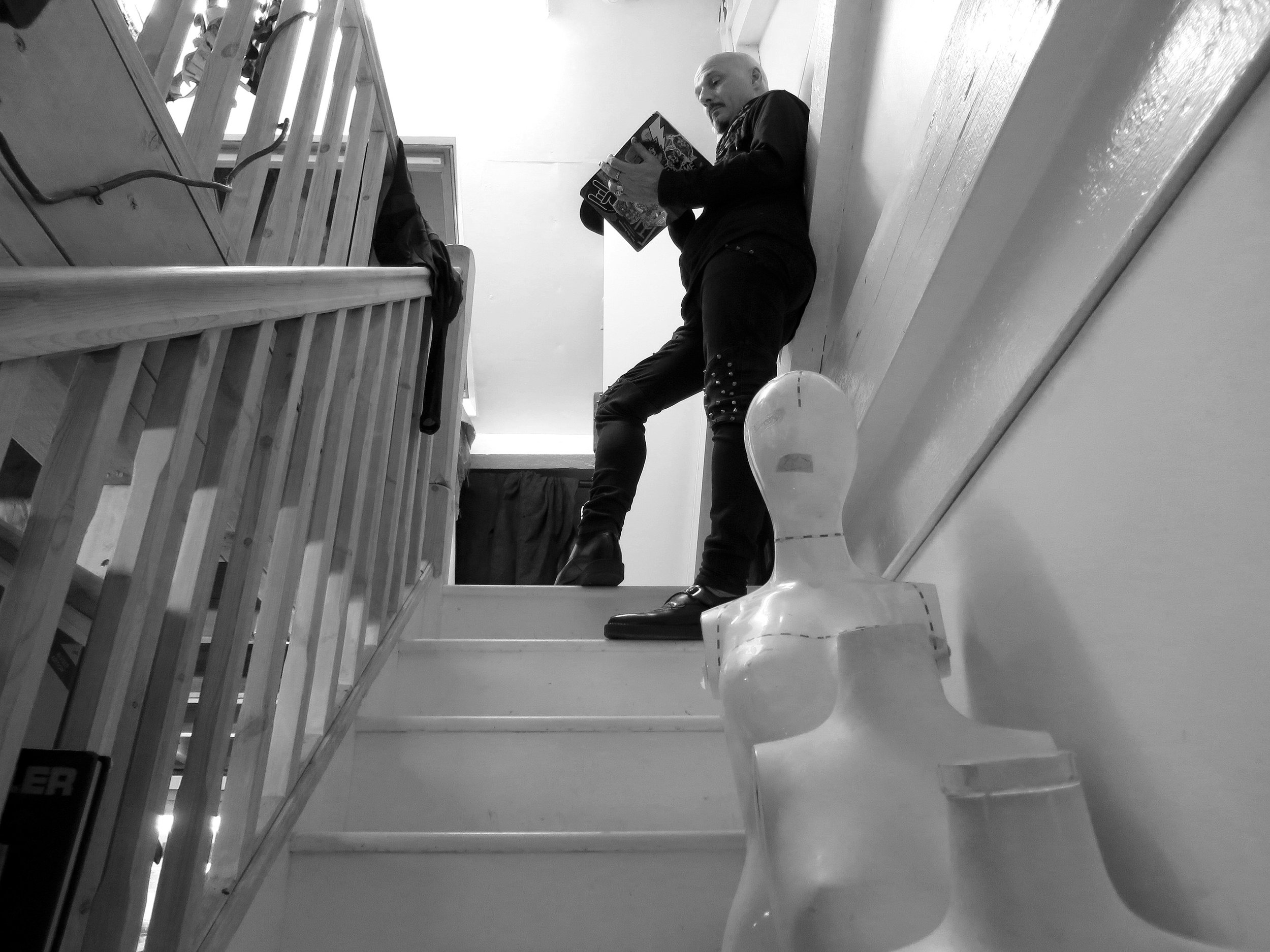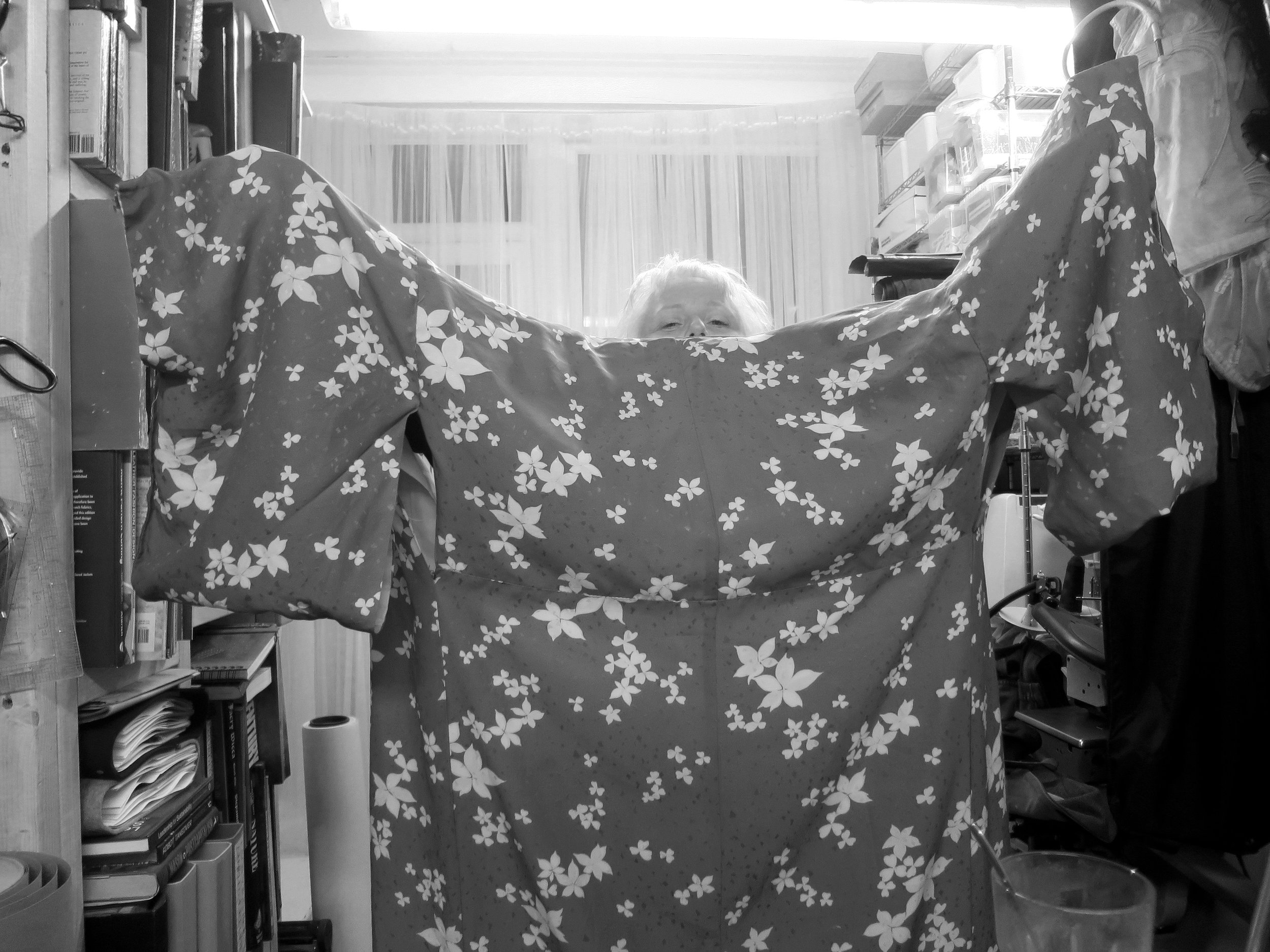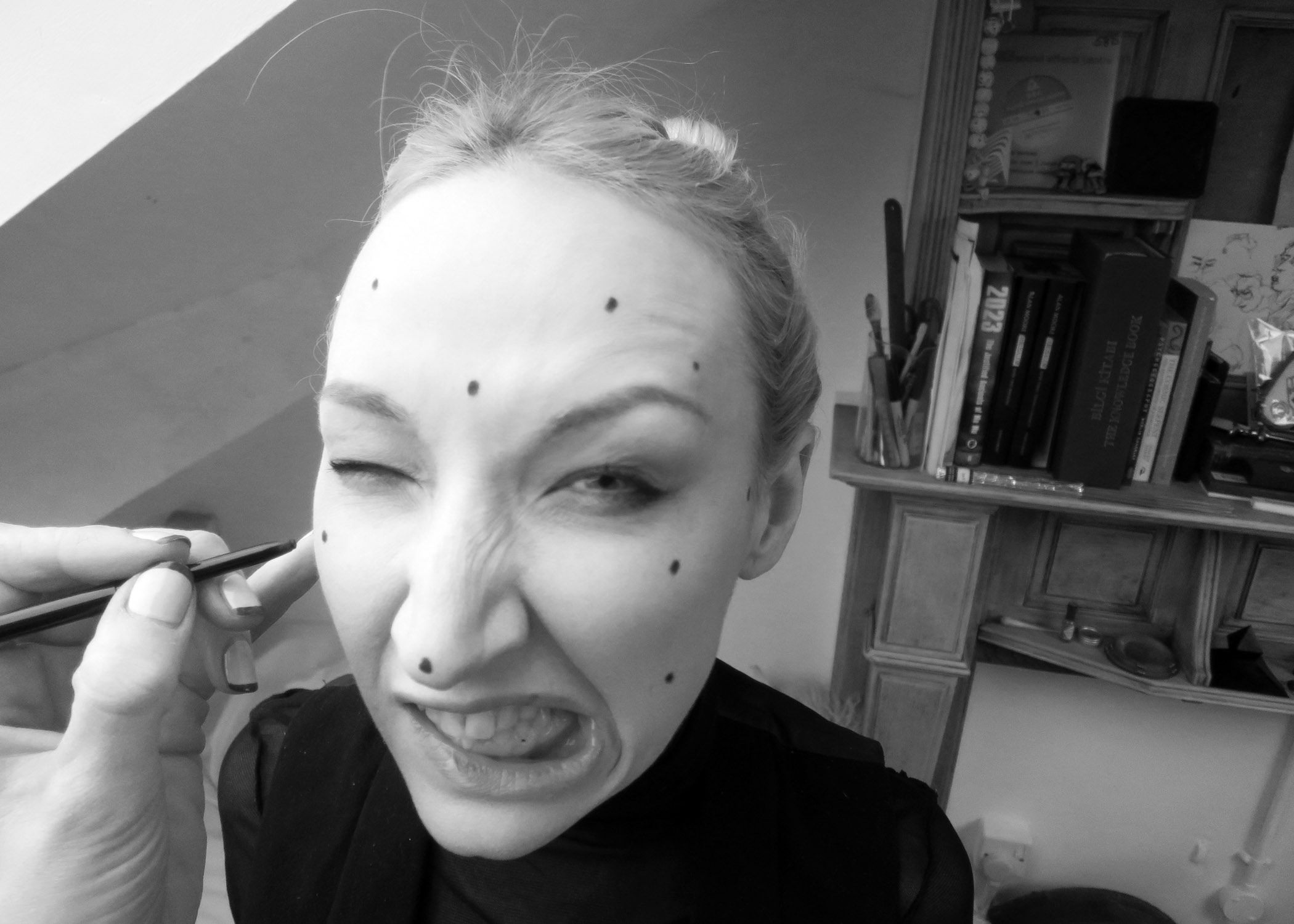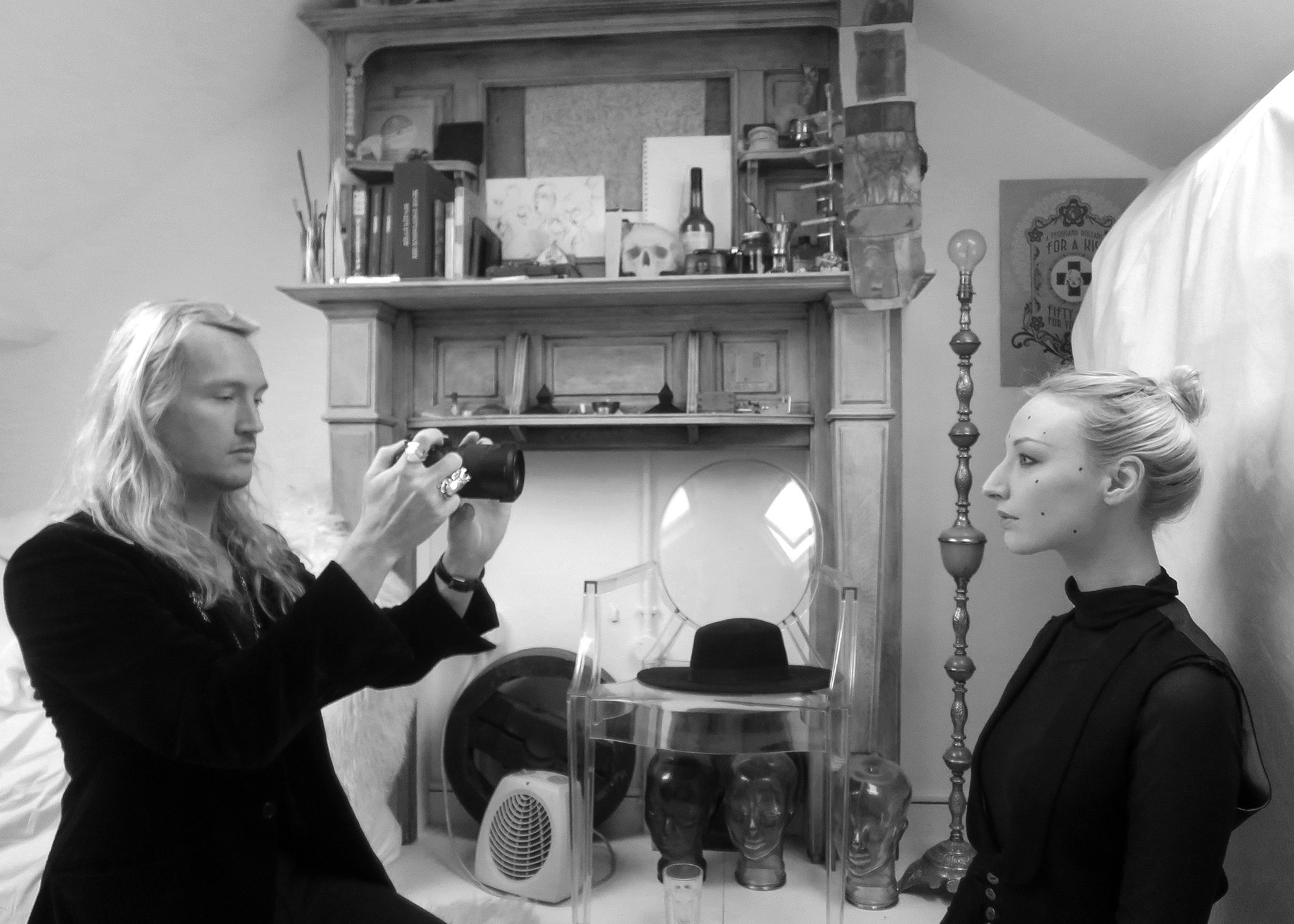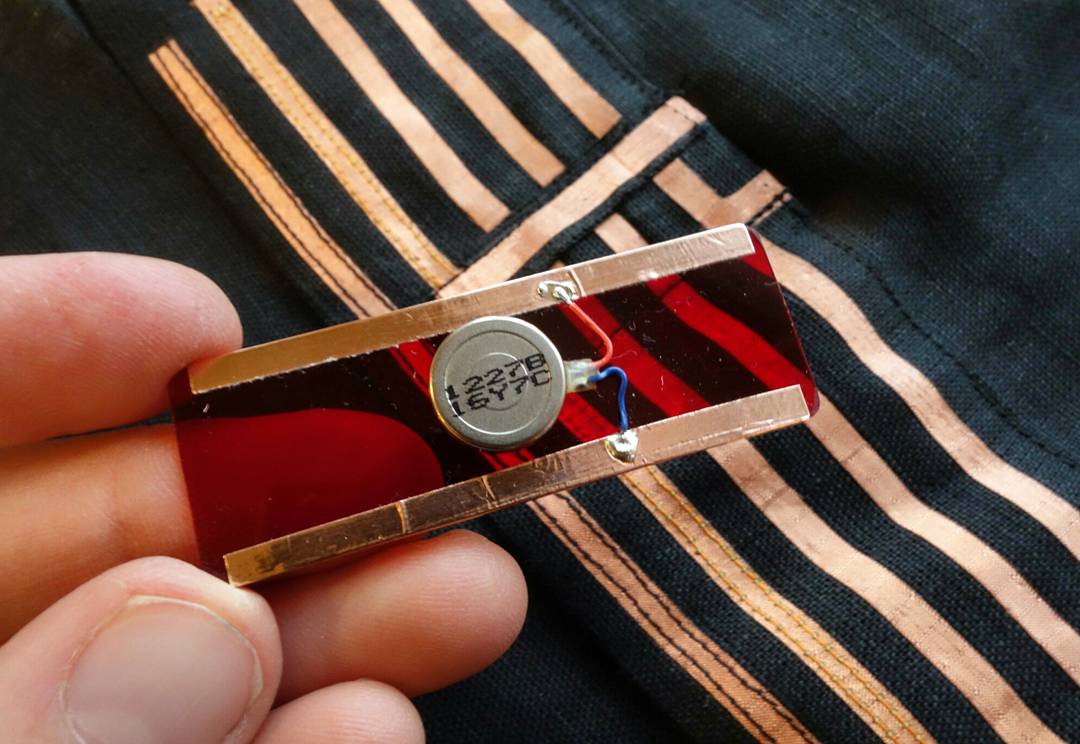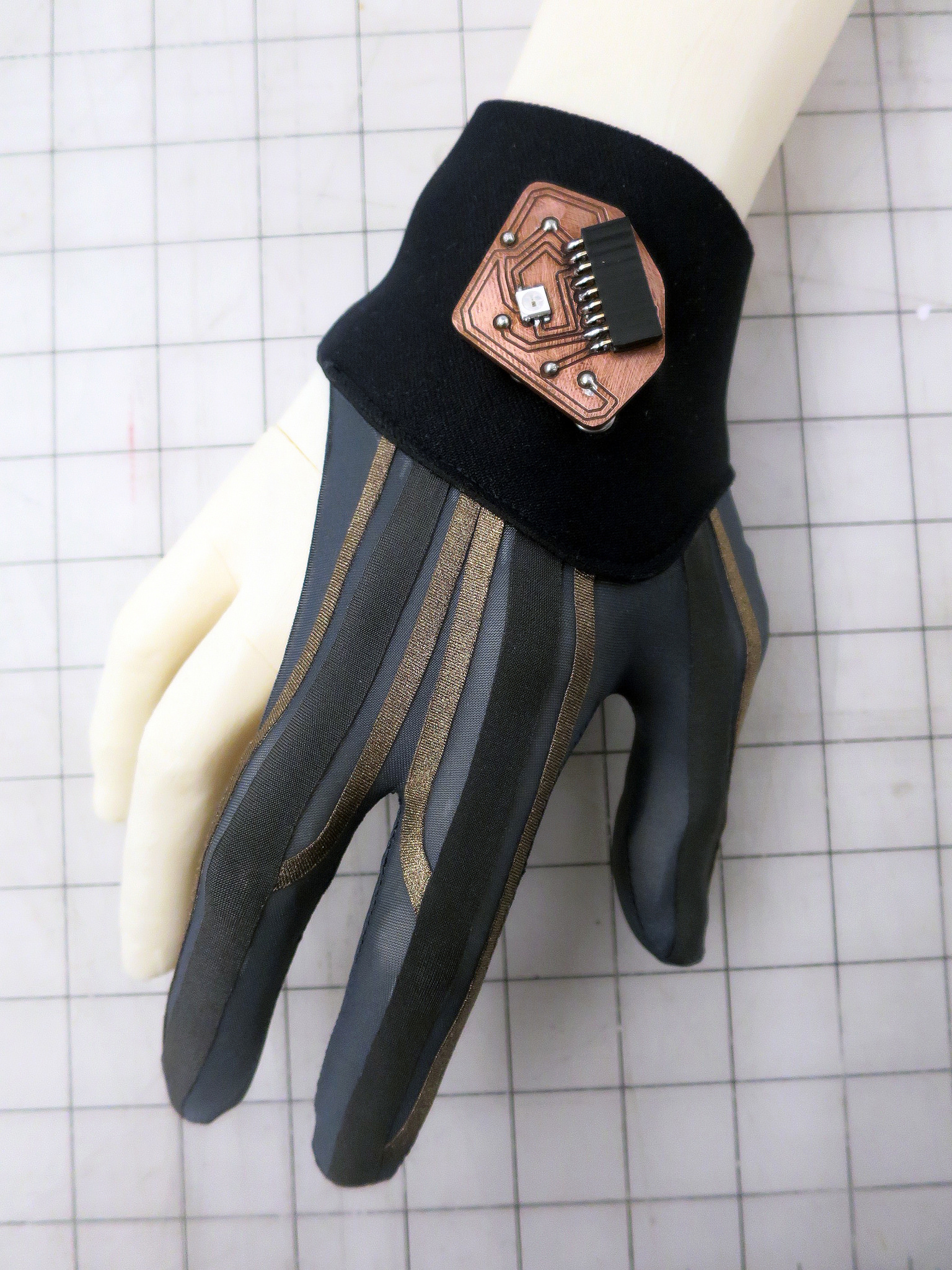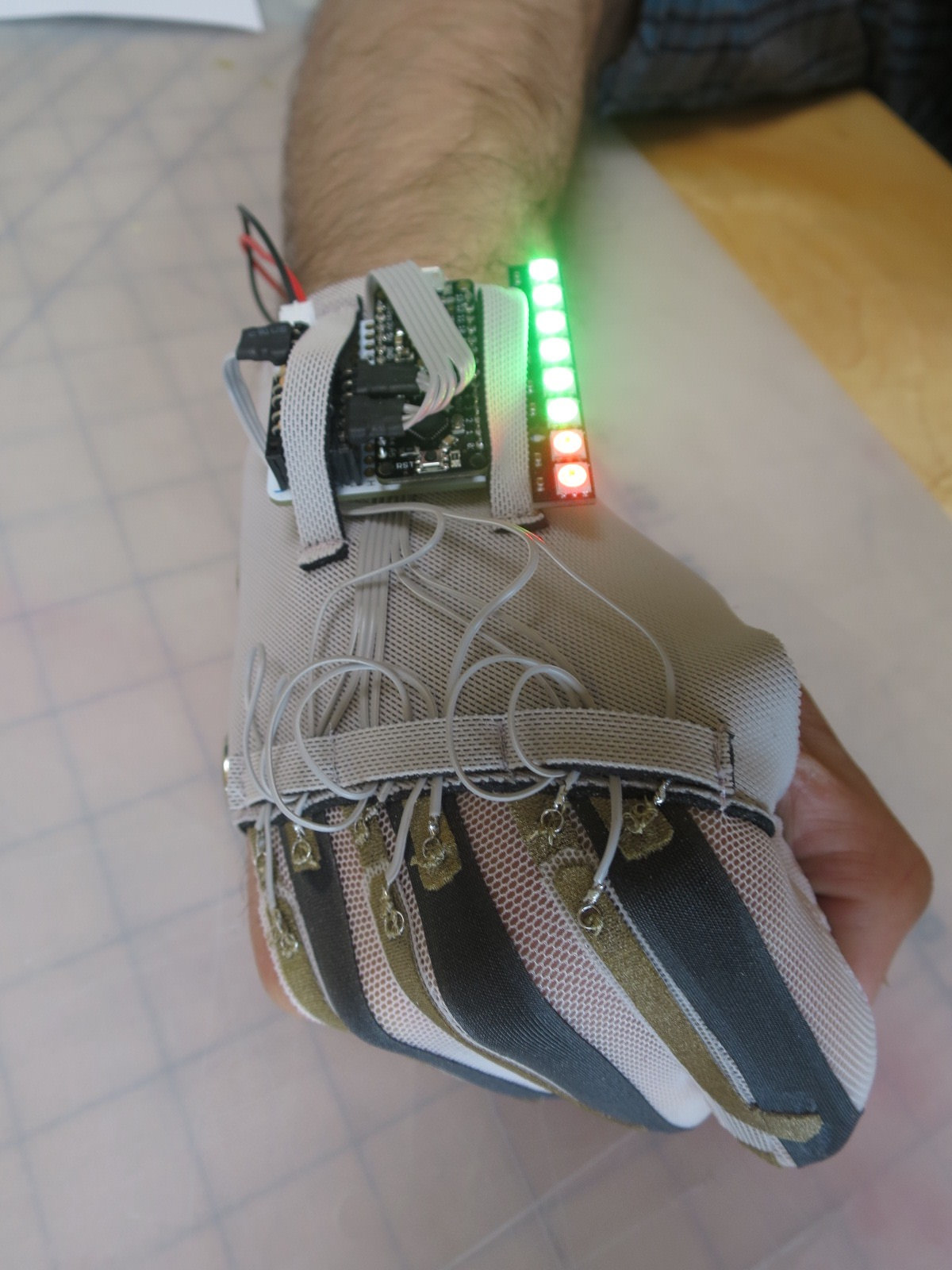Sunday Service happens every Sunday at Rachel Freire Studio in Dalston, East London.
On April 29th, during Fashion Revolution Week, you are invited to join us between 2 and 10PM to mend and upcycle your clothes. We want to promote longevity, fixing things and reducing the amount we consume by extending the life of clothes we already own. Learning to do it yourself illustrates how much goes into the making of a garment and helps us better appreciate the ones we have!
See inside a small London atelier where clothes, leather couture, Hollywood costumes, and wearables are made. Peep the tools involved and learn about the time and skills required. Clothing manufacture isn't automated – every machine is controlled by a human, often much more than you are led to believe. It's important to take the lid off this process; to bring humanity back into our choices when we purchase clothes, especially where high street fashion and the growing market for wearable electronics are concerned.
Fashion Revolution is a global movement calling for a fairer, safer, cleaner, more transparent fashion industry. Between the 22nd and 29th of April 2018, let's hold brands accountable and ask, #whomademyclothes? If you aren't interested in sewing, why not get involved by photographing yourself with your favourite garment and directly asking the brand, or creator, via social media? Find out how here (info pack), or click the logo on the right to go to the FR website.
Fashion Revolution Week happens each year around the 24th of April, the anniversary of the Rana Plaza factory collapse, where 1,138 people were killed and many more injured. This year marks the 5th year anniversary of the collapse. Let's use this week to encourage millions of people to ask brands ‘Who made my clothes’ and demand greater transparency in the fashion supply chain.
How does it work?
FREE TO ALL. EVERYONE IS WELCOME, from absolute beginners to professionals.
To join us, drop an email titled SUNDAY SERVICE before April 29th to info AT rachelfreire.com introducing yourself and your project.
You'll be offered a timeslot, as space is limited. You are free to haggle and offer bribes of communal snacks, wine and/or skills to share in return for extra time, or special requests. Be inventive. Choose something you can do in a few hours. Fix something specific, or test a technique which you can take away for another project. Learn decorative visible mending or use the leather tools to fix your favourite belt. Maybe you want to buy a sewing machine, but have never used one before – ask for a half hour sewing lesson, and we'll get you up to speed. It can be something as simple as sewing on those buttons you've been procrastinating about for three years.
Space at the studio is limited. The downstairs workspace can accommodate 5-6 people at a time, depending on equipment and space requirements. The mezzanine office has two chairs, desk space, gigantic beanbag, and sheepskin rugs - perfect for hand sewing, no shoes allowed. The private balcony has a work table and chairs, and in good weather can hold another 4-5 people. Throughout the day places will be allocated according to projects and weather.
In return for this marvellous day of like minded people, wine, and lots of fun, we only ask that you add your voice to the Fashion Revolution campaign. There will be lots of pictures taken. We will have maker posters saying 'I made my clothes' and these can be added to the wider campaign alongside questions for brands big and small.
For those of you who want to access industrial machinery, we have an industrial straight stitch Singer which is great for everything from lingerie to leather, an industrial Rimoldi 4 thread overlocker, a domestic Janome 4 thread overlocker (usually set to babylock), a Domestic Pfaff Select 4.2 IDT (walking foot), a Lara Starr Professional Iron and steamer, a vintage UK10 full-body K+L hanging mannequin, a male 40" tailoring torso, an extensive selection of store mannequins, rogue limbs, and a slew of sewing tools, leather tools and haberdashery.
About Sunday Service
The idea of the open studio is to focus on the neglected – both our things and our selves. Workaholics need structured downtime, creatives need space to create for themselves. It is a time when no 'work' is allowed; instead we make time for the enjoyable things usually superseded by deadlines and London nonsense. So far in 2018, Sunday Service has facilitated pattern cutting for beginners, visible mending, traditional leatherwork, life drawing for AMCs 360 animated sessions, photogrammetry, repairing and upcycling clothing, shoe repair, a bit of Battle Jacket Sewing Club, shellac manicures, the proper way to drink Absinthe, and the consumption of many, many Bloody Marys. Quality time with like minds, enjoying the process, and learning. We also do skill swaps in subjects like electronics and etextiles, and offer access to a small in-house electronics lab, a full compliment of power tools, hand tools, and art materials. Some images from previous Sundays:
